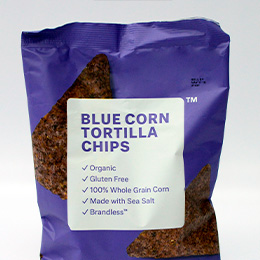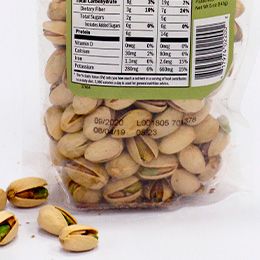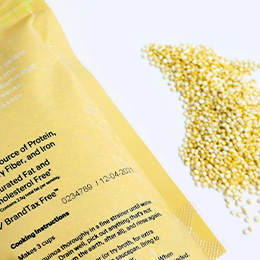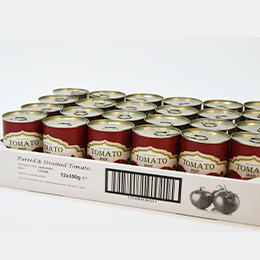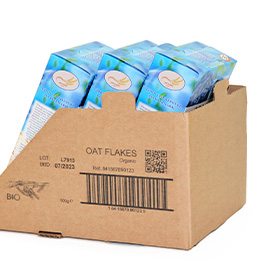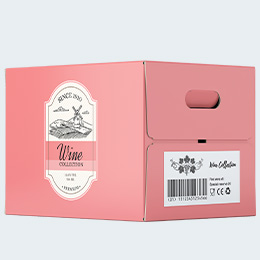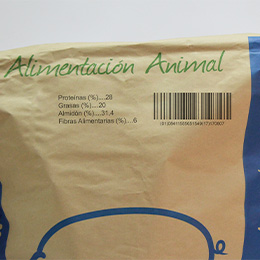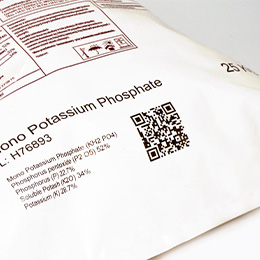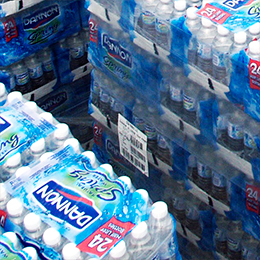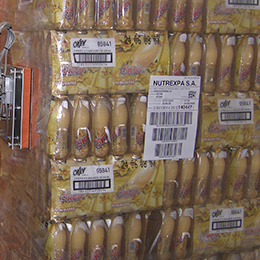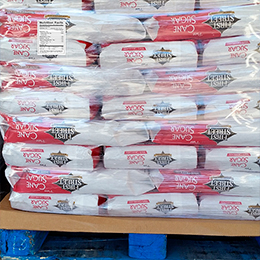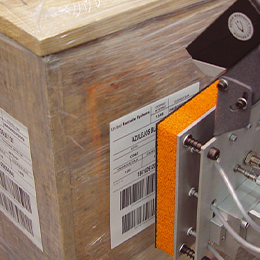The packaging industry plays a critical role in the preservation, presentation and efficient distribution of products in the global marketplace. In a world where consumer attention is crucial, understanding the various types of packaging and associated technologies is essential to ensure product integrity and meet market demands. This guide will help you understand the world of primary, secondary and tertiary packaging, highlighting the importance of their functions, the specialized machinery required to carry out labeling and coding, and how this contributes to creating an efficient supply chain.
What is packaging? Definition and functions
Packaging is defined as the set of elements and materials used throughout the supply chain to contain, protect, handle, transport and present products until they reach the final consumer.

Types of packaging.
Packaging plays a crucial role in preserving product quality and, at the same time, acts as a powerful marketing tool by communicating brand identity.
What is the purpose of labeling packaging and why is it that necessary?
Labeling a package is an essential process in the supply chain and has multiple fundamental purposes that go beyond simple product identification. These are some of them:
-
Product Identification:
The label provides clear and quick information about the contents of the package. It includes details such as product name, lot number, bar code, description, etc.
-
Track and Trace:
Allows efficient tracking throughout the supply chain. Each label can contain information on date of manufacture, expiration date, place of origin and other relevant data.
-
Regulatory Compliance:
Many industries are subject to specific regulations that require the inclusion of certain data on packaging, such as warnings, directions for use, nutritional information, quality seals, etc.
-
Consumer Information:
Provides essential information to the consumer, such as ingredients, directions for use, expiration dates and any other relevant information.
Types of packaging and how to code them
The different types of packaging that exist are divided into 3 main groups: primary, secondary and tertiary. Below, we explain the importance of each of them:

Examples of primary, secondary and tertiary packaging.
Primary packaging
Primary packaging, from a technical perspective, is the most immediate level of product protection. It is the packaging that comes into direct contact with the article or substance it contains.
The main purpose of this level of packaging is to safeguard the integrity of the product, protecting it from external factors such as light, air, humidity or contamination, while at the same time fulfilling aesthetic and presentation functions at the point of sale.
Examples of primary packaging
Popular examples of primary packaging include pouches, bottles, flexible containers and individual packages that isolate the product from the outside:
How to code primary packaging?
Coding primary packaging is a vital process for identifying and tracking the base product throughout the supply chain. Various technologies are used for this purpose, and one of the most commonly employed options is inkjet printing technology. In this context, Thermal Inkjet printers, such as the TJX Series, are highly effective.
Thermal Inkjet printers offer the following outstanding technical features:
-
Cleanliness and Adhesion to Varied Surfaces: The label provides clear and quick information about the contents of the packaging. It includes details such as product name, batch number, bar code, description, etc.
-
Optimized Head Mechanics: The printhead structure is designed for easy integration and positioning on any production line, ensuring accurate and consistent placement.
-
Flexibility in Coded Content: These printers allow printing of critical information such as expiration date, production date/time, batch, product code, logos and other specific codes required.
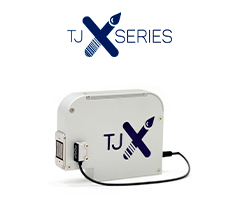
TJX Series
Clean printing for any surface
Secondary packaging
Secondary packaging, in technical terms, is the layer that groups and protects several products that are already individually packed in primary packaging. Its main function is to facilitate the commercialization and efficient handling of multiple products.
Examples of secondary packaging
Popular examples of secondary packaging include cartons, plastic wrap, bags and sacks.
How to code or label secondary packaging?
Coding secondary packaging is essential to optimize logistics management, ensure traceability and comply with industry standards. United Barcode Systems offers both coding and labeling solutions specifically for secondary packaging.
For coding secondary packaging there is no better choice than any high-resolution inkjet printer from the APLINK Series, which consists of the APLINK HRX, APLINK MRX72e and APLINK LCX models, which offer high resolution direct coding, providing cost savings and guaranteeing clear and precise identification of the contents of the secondary packaging. These devices can print text, images, logos, symbols and barcodes.
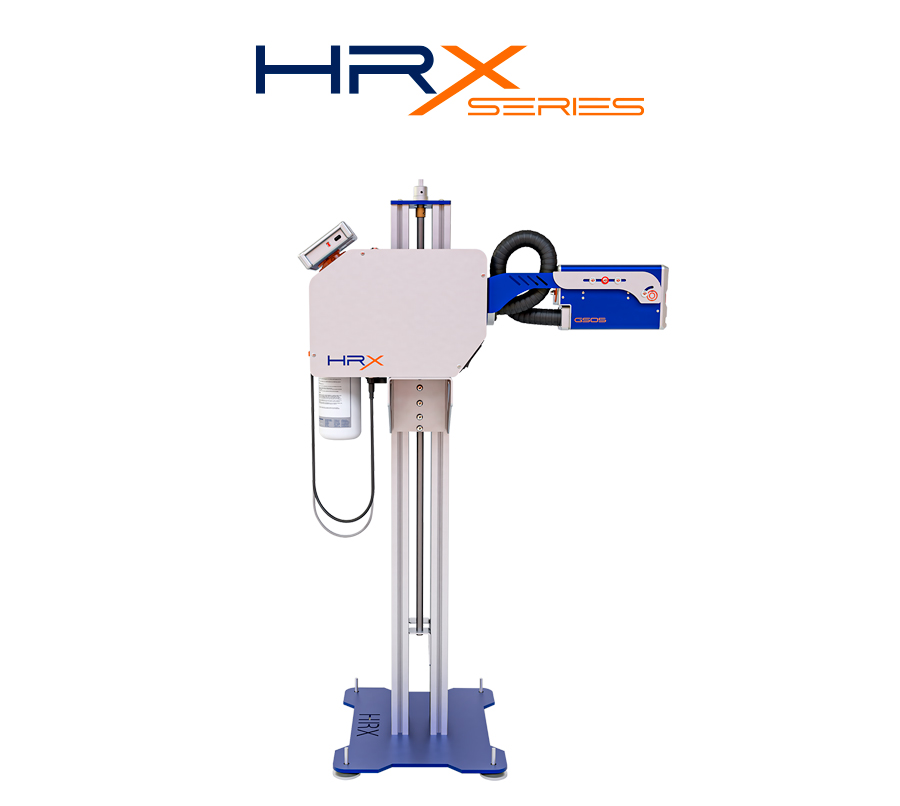
APLINK HRX Series
High Resolution Grayscale
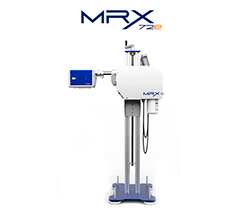
APLINK MRX72e
Direct printing on any Surface
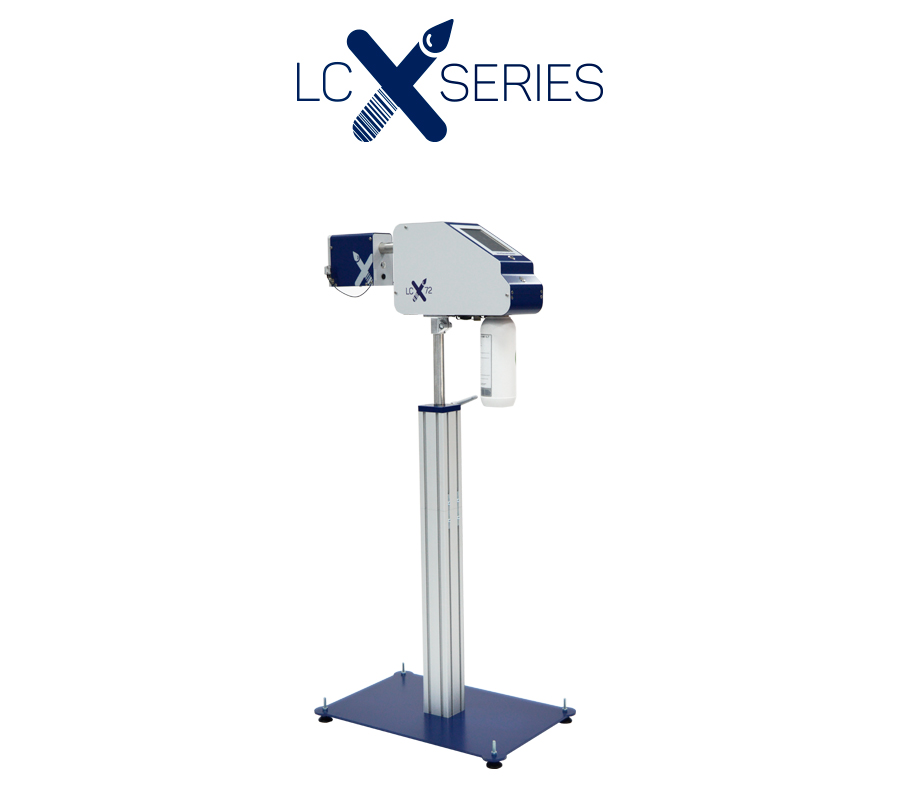
APLINK LCX Series
Maximum cost savings
For labeling secondary packaging UBS offers the APL35 Series automatic label printing and application system, designed to meet the highest standards in reliability, robustness and compatibility.
The APL35s itself designs and applies labels in accordance with legal requirements, GS1 standards and any specific product and brand information. In addition, it implements quality verification systems to ensure that labels are correctly applied and legible.

APL35s
Case label printing and application
Tertiary Packaging
Tertiary packaging represents the level of packaging that groups and protects multiple secondary and/or primary packages to create larger and more efficient unit loads. The main function of these packages is to optimize storage capacity and facilitate transportation in the supply chain.
Examples of tertiary packaging
Tertiary packaging is commonly associated with pallets, containers, drums or large boxes like the ones in the following images:
How to label tertiary packaging?
At this level, coding usually involves printing and self-adhesive label application systems, such as the APL Series range from United Barcode Systems, specifically the APL8000 Series.
Our APL8000 allows real-time printing and application of self-adhesive labels on one, two or three sides of the pallet. In addition, they are capable of adapting to harsh environments with adverse conditions, ensuring the durability and legibility of the labels.
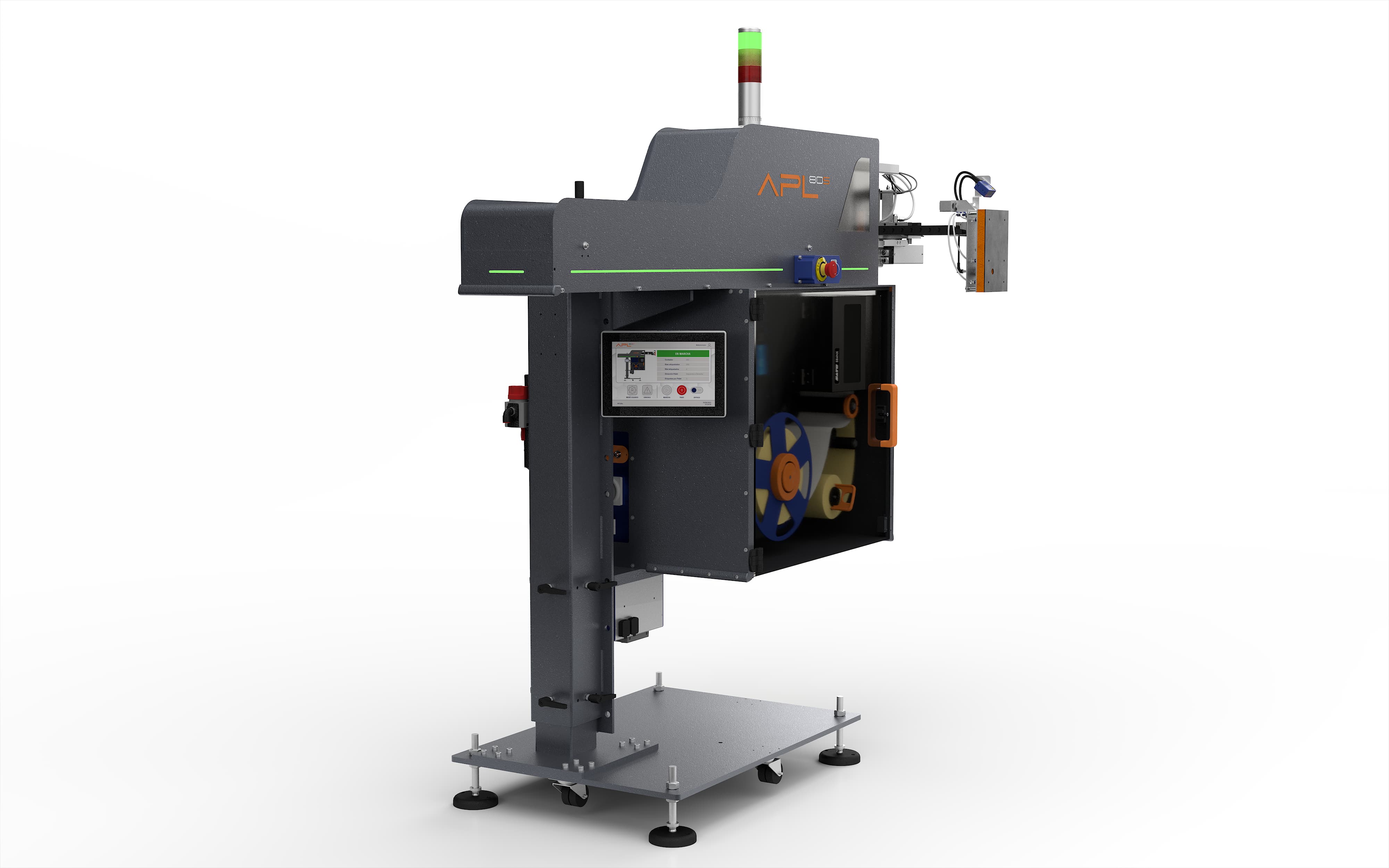
APL 80S
Real-time 1, 2 or 3-sided pallet labeling in real time
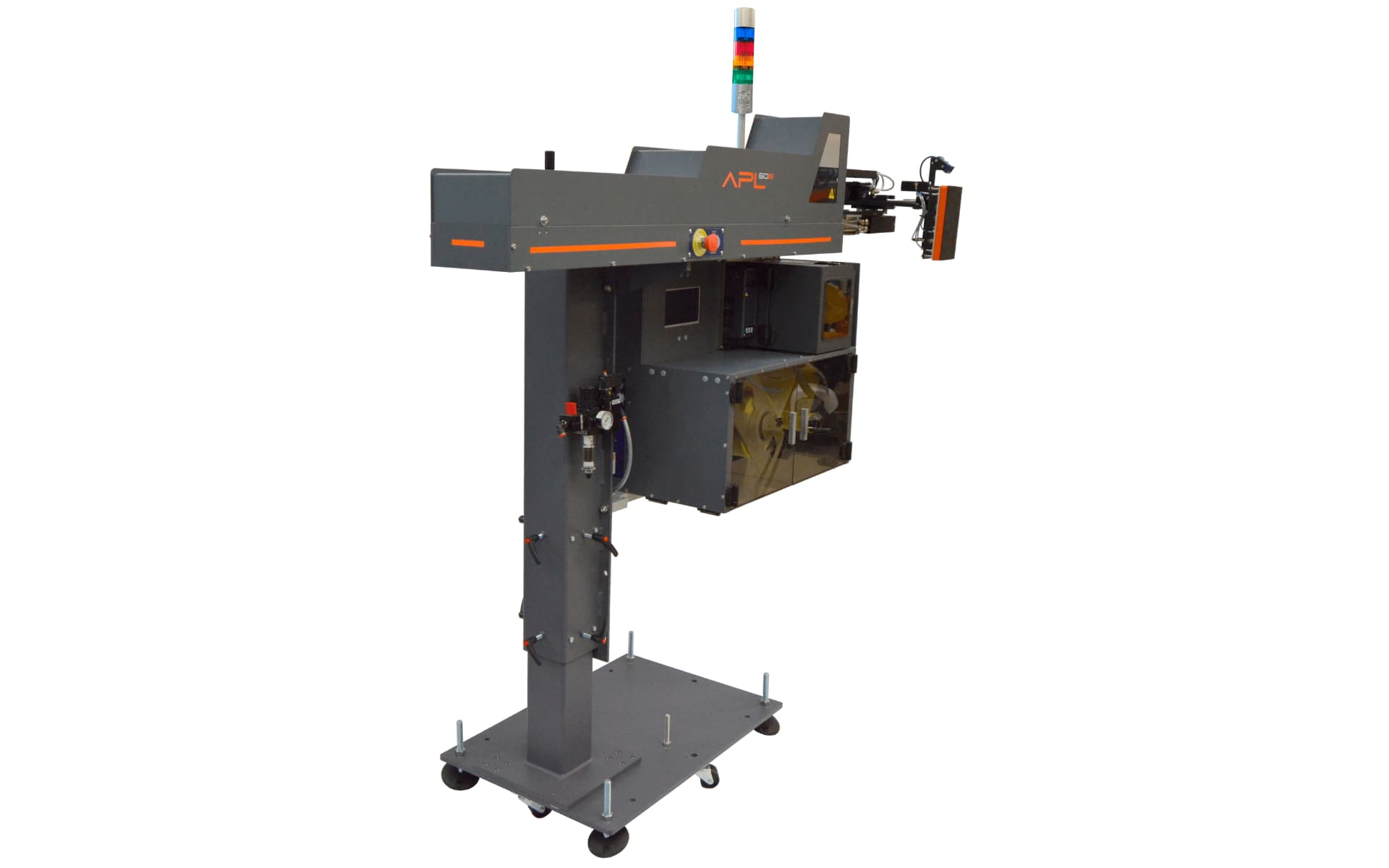
APL 60S
Cost-efficient Pallet labeling
How to automate package labeling?
Automating package labeling involves the use of technologies and systems that allow labels to be applied or packages to be coded, without direct human intervention.
Automating a production line is not a simple process, but at UBS we make it easier. With a presence in more than 60 countries, more than 30 years of experience in the market and more than 10,000 satisfied customers, we are the right choice for you. Contact us for free and find out how we can take your coding to the next level.

